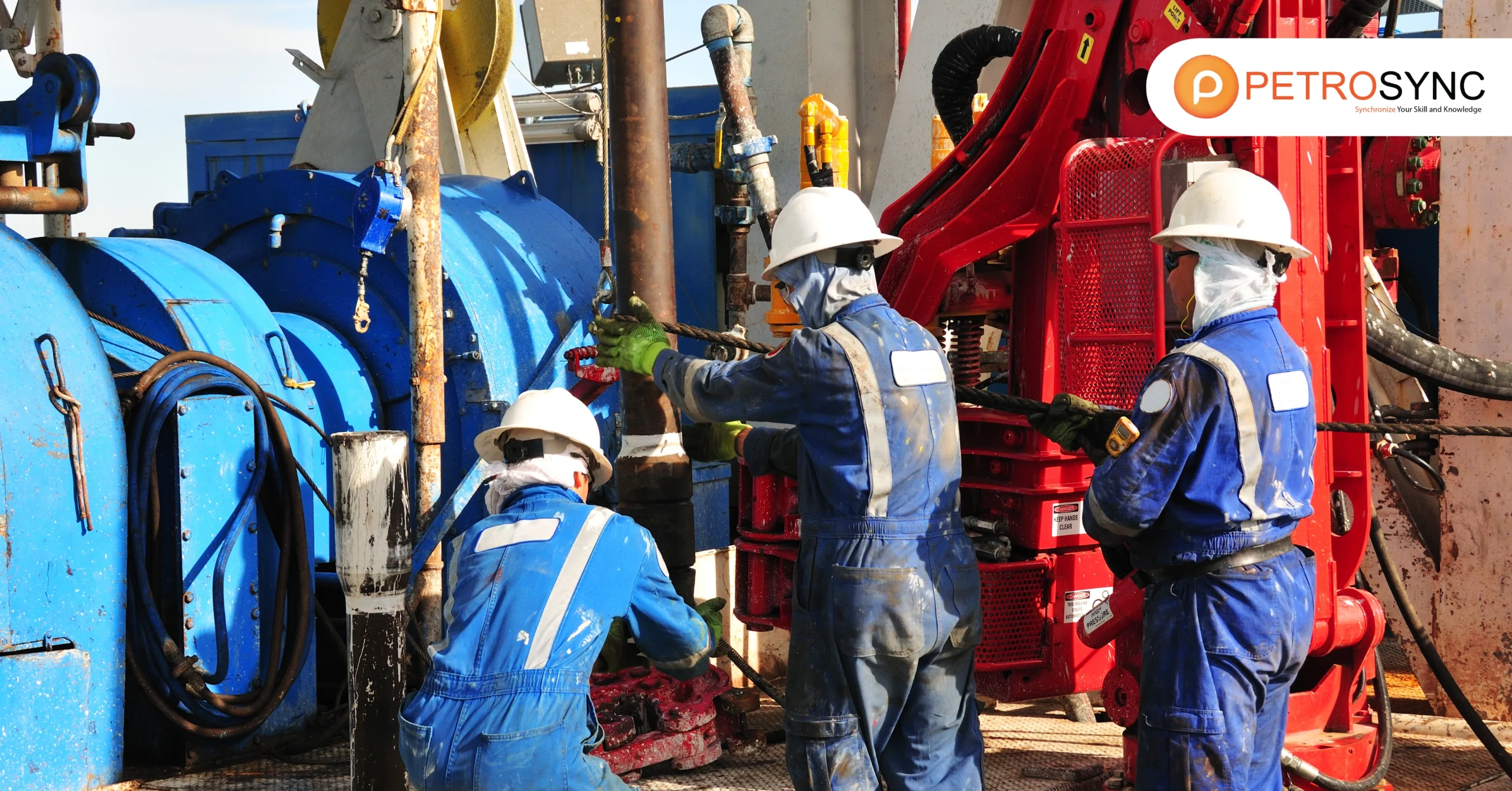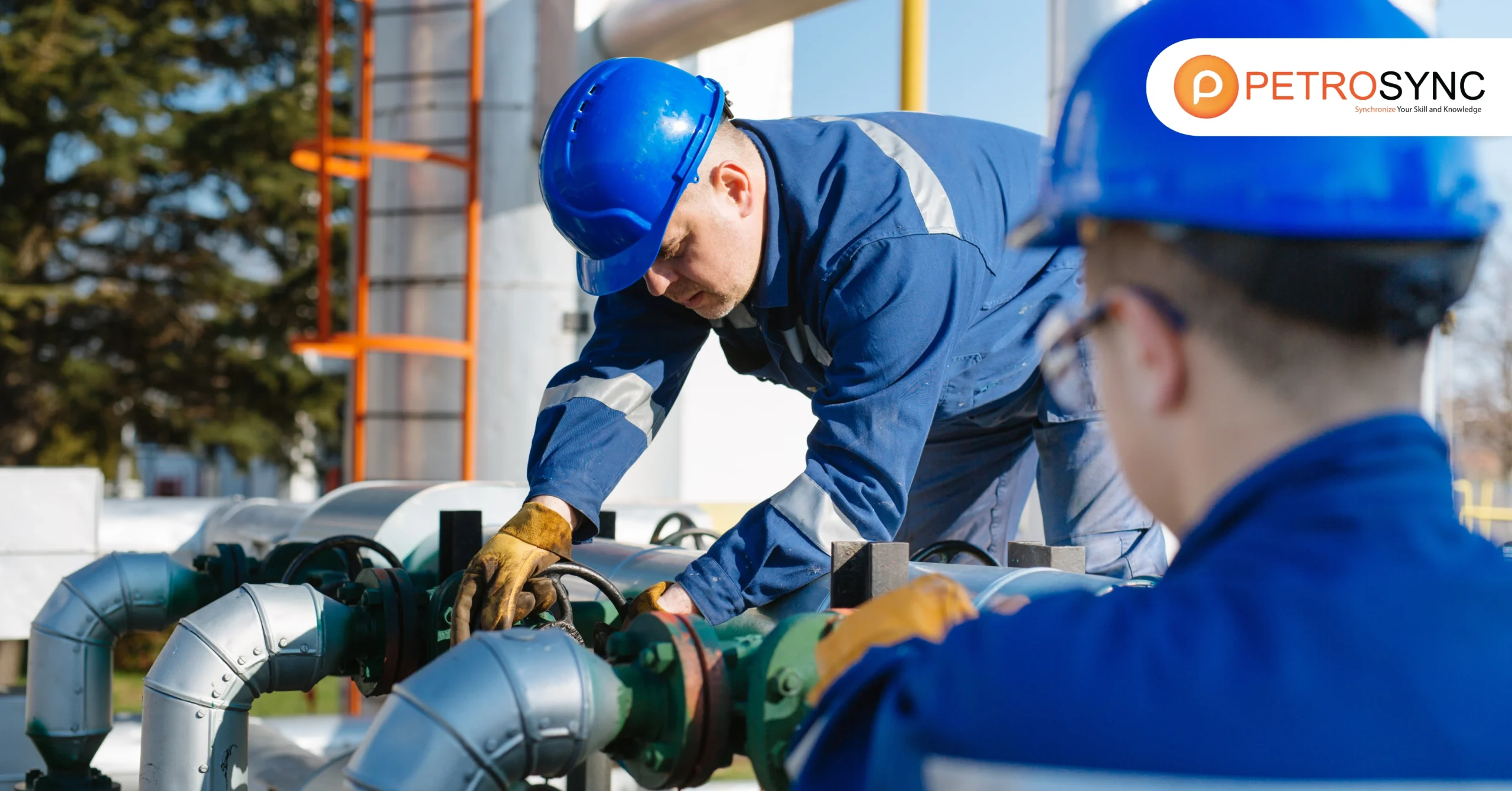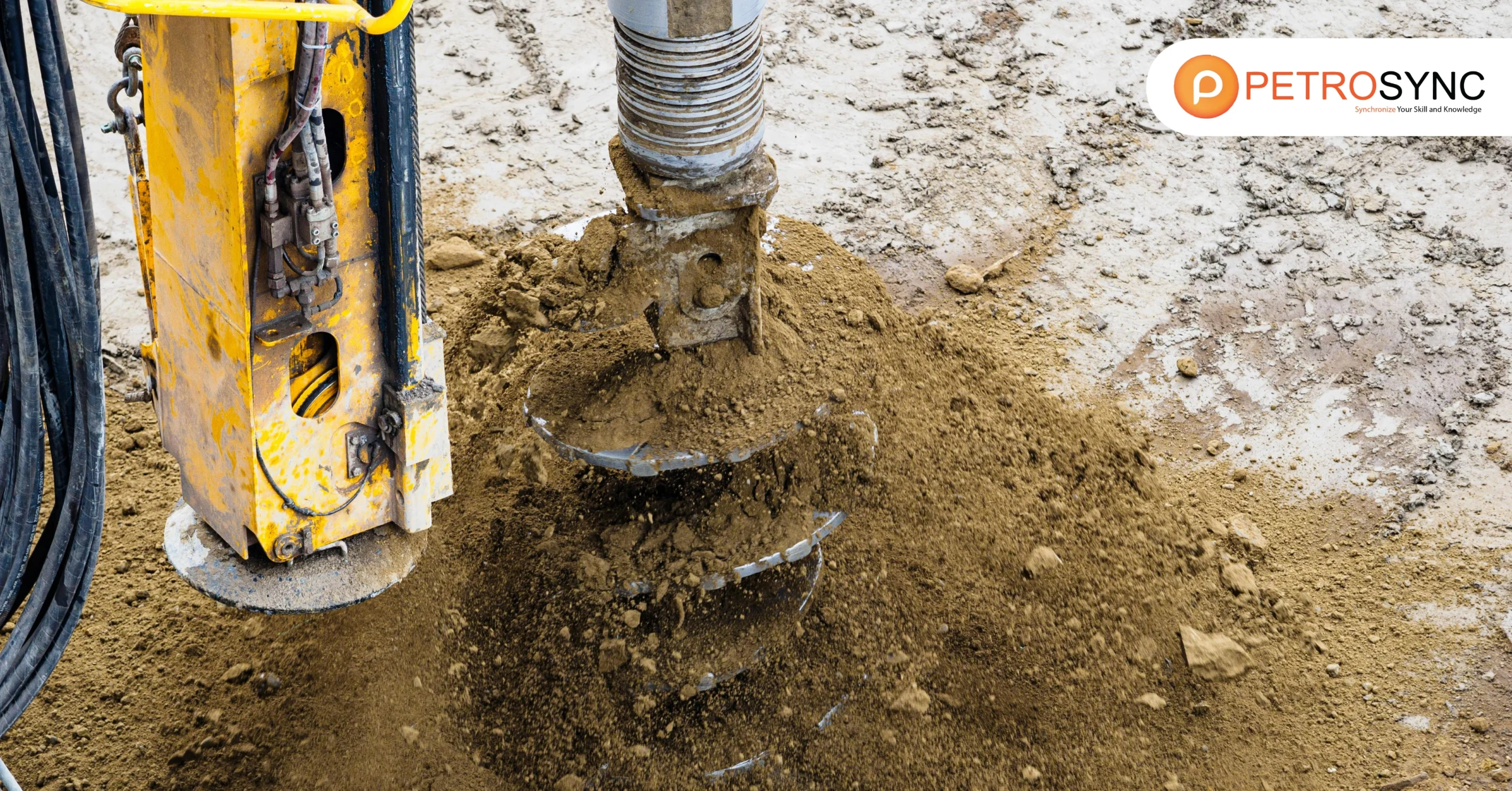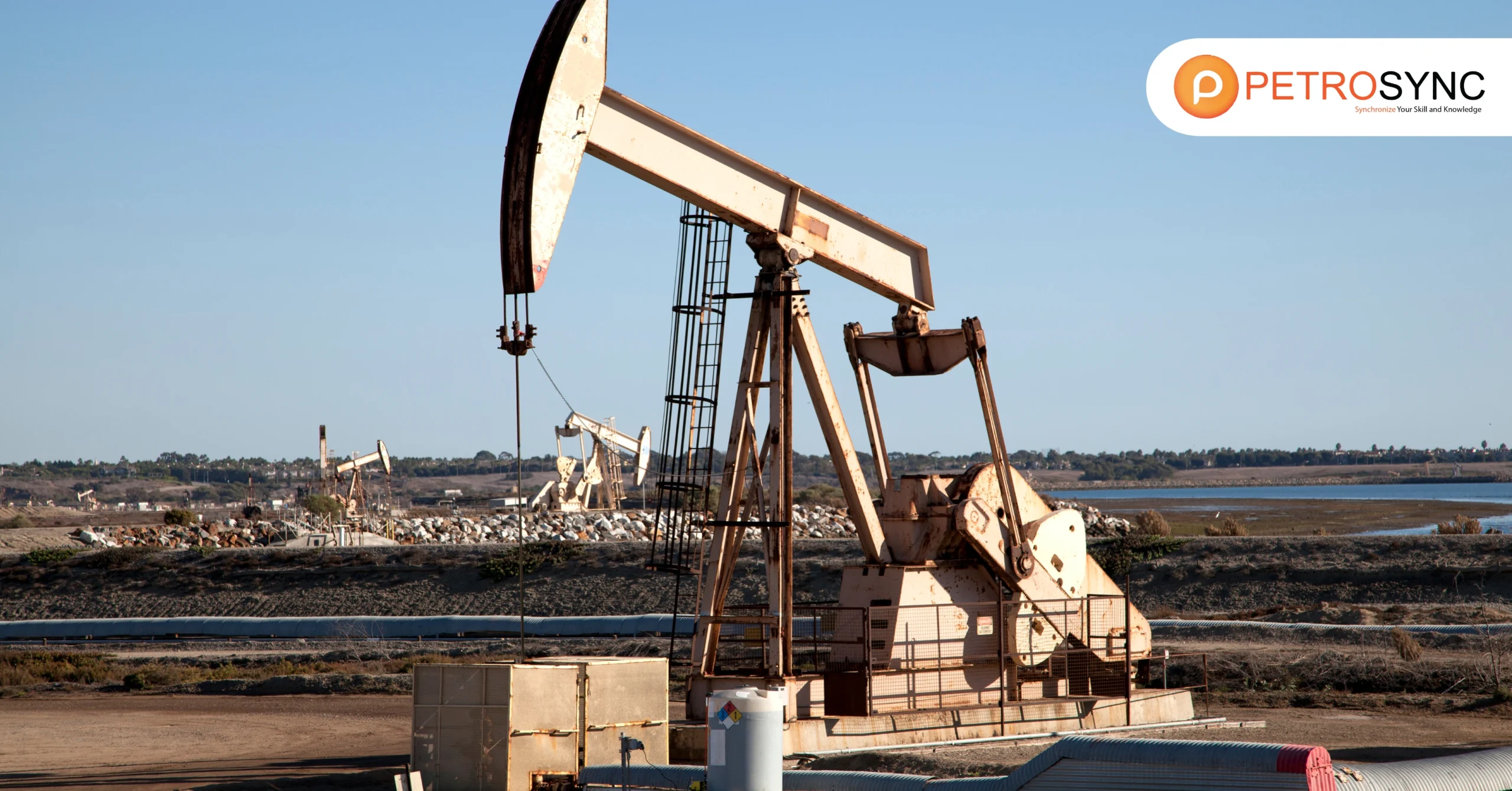Oil well construction is a pivotal aspect of extracting energy resources. From careful groundwork to precise equipment installation and advanced drilling techniques, each step contributes to creating a strong system that efficiently extracts resources from underground. In this article, we will uncover the stages, methods, and importance of oil well construction process in oil and gas industry.
What Is Oil Well?
An oil well is a specially designed hole, boring in Earth, that is designed to bring petroleum oil hydrocarbons to the surface. This process involves using drilling equipment to penetrate the Earth’s subsurface until reaching an oil reservoir.
Once the well is in place, a series of components, such as tubing and pumps, are employed to bring the oil to the surface for further processing. Oil wells are strategically located based on geological surveys and are crucial for accessing and extracting valuable oil resources beneath the ground.
What Are The Three Types of Oil Well?
Oil wells fall into three main categories: those that only produce oil, those that only produce natural gas, and those that produce both oil and natural gas.
1. Oil Only Well
An oil-only well is a type of oil well, a drill hole boring in Earth that is designed to bring petroleum oil hydrocarbons to the surface, exclusively producing crude oil without extracting natural gas. The primary purpose of this well is to access and bring up valuable oil resources from beneath the Earth’s surface.
2. Natural Gas Only Well
A natural gas-only well is a type of well completed for the production of natural gas from one or more gas zones or reservoirs, exclusively producing natural gas without extracting crude oil. The main objective of this well is to access and bring up valuable natural gas resources from beneath the Earth’s surface.
3. Oil and Natural Gas Well
An oil and natural gas well is a type of well drilled in the earth to find or produce crude oil or natural gas; or produce services related to the production of crude or natural gas. These wells are designed to extract both valuable resources from beneath the Earth’s surface. They play a crucial role in accessing and bringing up a combination of crude oil and natural gas, contributing to the diverse energy resources extracted from the subsurface.
What Is Oil Well Construction?
Oil well construction, a set of preparatory work, including the construction of surface facilities, preparation of approach roads, power and water supply systems, providing communications, refers to the process of building and assembling the various components that make up an oil well.
This involves drilling a hole into the Earth’s subsurface, installing casing to stabilize the wellbore, and incorporating equipment such as tubing and pumps to facilitate the extraction of crude oil.
The construction phase is critical in ensuring the well’s stability, safety, and efficiency throughout its lifespan. It encompasses the careful planning and execution of tasks to create a robust structure capable of withstanding the challenges of drilling and resource extraction.
What Are The Methods of Oil Well Construction?
Oil well construction involves various methods to establish a functional and efficient well. Here are the key methods explained in straightforward terms
1. Conventional Drilling Methods
Traditional methods like rotary drilling use a drill bit attached to a rotating drill string to penetrate the Earth’s subsurface. This method is effective for reaching oil reservoirs.
2. Directional Drilling
Directional drilling allows engineers to control the wellbore’s direction. This method is particularly useful for reaching specific reservoirs located at angles beneath the Earth’s surface.
3. Casing and Cementing
Casing, or protective tubing, is run into the well to stabilize it. Cementing involves filling the space between the casing and the wellbore with cement to ensure structural integrity.
4. Perforation
Perforation involves creating holes in the casing to allow oil or gas to flow into the wellbore. This method is crucial for effective reservoir fluid extraction.
5. Hydraulic Fracturing (Fracking)
Hydraulic fracturing involves injecting fluid into the well at high pressure to create fractures in the reservoir rock. This method enhances the permeability of the rock, facilitating resource extraction.
6. Electric Drilling
Electric drilling methods use electrical power to drive the drill bit. This approach is efficient and commonly used in modern drilling operations.
7. Turbine Drilling
Turbine drilling utilizes a turbine-powered drill bit to penetrate the Earth. This method is known for its speed and effectiveness in certain geological conditions.
8. Platform Drilling
For offshore drilling, platforms are constructed over the water. The drilling equipment is then positioned on these platforms to reach underwater oil reservoirs.
These methods, combined and adapted based on specific geological conditions, form the comprehensive toolkit for constructing oil wells, ensuring the efficient extraction of valuable resources from beneath the Earth’s surface.
What Are The Stages of Oil Well Construction?
Oil well construction involves a series of well-coordinated stages, each crucial for the successful establishment and operation of the well. Let’s explore these stages in detail:
1. Preparatory Work and Area Reclamation
The initial stage of oil well construction involves comprehensive preparatory work. This includes the construction of surface facilities, preparation of approach roads, and the establishment of power and water supply systems. Furthermore, communications infrastructure is set up.
Technical reclamation of the area is undertaken, involving the removal of topsoil and its replacement with a layer of infertile soil. This meticulous groundwork is essential for creating a stable foundation for the subsequent construction phases.
2. Installation of Towers and Equipment
The second stage focuses on the installation of towers and equipment following the project specifications. The objective is to minimize construction and installation costs while ensuring safety. The arrangement of individual components is optimized to achieve a compact layout for the oil well. This careful installation sets the stage for efficient drilling operations.
3. Pre-Drilling and Drilling
The pre-drilling and drilling stage employs modern techniques such as rotary, turbine drilling, and electric drills. This phase involves the penetration of the Earth’s subsurface to reach the oil reservoir. The choice of drilling method is crucial for efficient and effective well construction.
4. Well Strengthening and Casing
Simultaneously with the deepening process, well-strengthening measures are implemented. Casing, a protective structure, is run into the well, and preparations are made for cementing using a cement slurry.
5. Zonal Isolation and Wellhead Installation
Zonal isolation techniques are applied to prevent unwanted reservoir fluid flows. Additionally, the groundwork is laid for installing the wellhead, a critical component for controlling and managing the extraction process.
6. Reservoir Completion and Production Testing
The final stage involves reservoir completion, followed by oil and gas production tests. Reservoir completion activities prepare the well for sustained production. Production tests are short-term operations conducted to confirm the presence of oil, justifying further well-completion efforts.
In summary, the construction of oil wells is crucial for the strategic goal of maximizing oil and gas production. Every step, from preparing the ground to installing equipment and completing the drilling process, is carefully planned. These steps work together to build a strong system capable of extracting resources efficiently.
The oil and gas industry uses different drilling methods, casing, cementing, and advanced techniques like hydraulic fracturing to not just reach reservoirs but also to boost their productivity. The precision in constructing oil wells ensures a stable and long-lasting system, vital for ongoing production.
Now, as you explore the details of oil well construction and its crucial role in maximizing oil and gas production, think about expanding your knowledge. If you’re an eager petroleum engineer looking to deepen your understanding of drilling engineering, you’re invited to participate in the Applied Drilling Well Engineering Training by PetroSync.
This thorough training program is crafted to offer you practical experience and insights from industry experts. Seize the opportunity to enhance your skills and make a meaningful contribution to the continuously evolving field of energy extraction with PetroSync!
Credit header image: iStock

SEO specialist by day, fact-checker by night. An avid reader and content writer dedicated to delivering accurate and engaging articles through research and credible sources.






